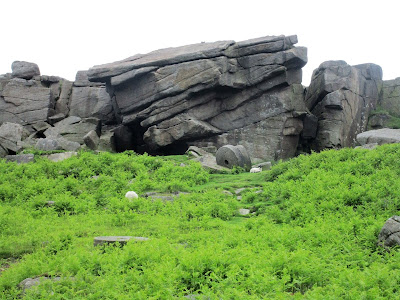The 103rd Tour de France commences tomorrow. For those of us that follow the yearly race, a day like today makes us say, "Finally!" I thoroughly enjoyed giving my talk this afternoon on my Tour de France and World Cup football research work. I tried to whet the appetite of those in the audience anticipating the start of tomorrow's first stage. My colleague, Zing, snapped the photo below just before my talk got underway (click on the image for a larger view).

I unveiled our Stage 1 prediction during the talk, but before I do that in this space, a few more words. In past years, I've watched the Tour de France in my Lynchburg College office via an internet feed. I could snag a few images of each stage by simply printing my computer screen to a file. Stages would usually end around noon, meaning I could watch in the morning and still work a mostly full day afterwards. Now that I'm in England, stages will be run during afternoons, finishing in early evenings. That makes it much harder for me to follow the race and still get lots of work done. So despite being much closer to the action this year, my blog posts will be less detailed and contain fewer images. I'll still post a prediction before each stage is run, though.
Tomorrow's Stage 1 begins in the French commune of Mont Saint-Michael. Cyclists will head mostly north along the coast for the 188-km (117-mi) flat stage, which ends on Utah Beach in Sainte-Marie-du-Mont. Below is our prediction.
- Stage 1: 4h 20' 25" (prediction)
Will we be fast? Slow? Nail it? Who knows? But it'll be fun seeing how close we come!















